10 Cool Technologies You Can Thank the iPhone For
iPhone Turns 10
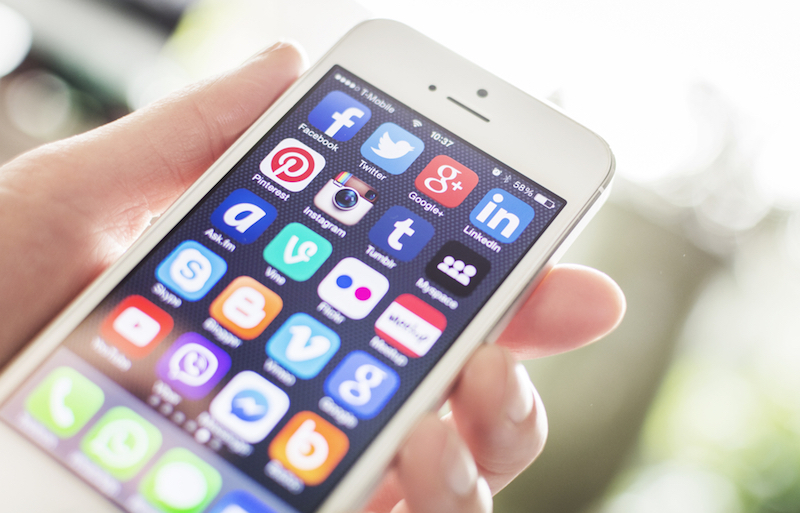
Ten years ago, the original iPhone hit stores in the U.S. for the first time and revolutionized how companies designed and built cellphones.
When then-Apple CEO Steve Jobs took the stage at the Macworld Conference & Expo in January 2007, he announced that the company would be releasing a wide-screen iPod with touch controls, a next-generation mobile phone and a breakthrough internet device.
It turned out he wasn't launching three devices, but one. Now, a decade later, here are some of the technologies that the original iPhone and its successors have made must-haves for all modern smartphones.
Multi-touch screens

The iPhone's most obvious contribution was to ditch the physical keyboard.
Prior to 2007, phones fell into two main camps: feature phones with a numeric keypad or "smartphones" like the Blackberry with a full QWERTY keyboard. The latter sometimes came with a touchscreen but they required a stylus to operate and weren't really suitable for typing.
The iPhone instead featured a 3.5-inch (9 centimeters) LCD screen with multi-touch technology. Not only did this get rid of the stylus in favor of what Jobs said was the ultimate pointing device — our finger — it enabled "smart" functions like pinch-to-zoom and physics-based interaction that presented on-screen elements as real objects with weight, size and intuitive responses.
More importantly, it allowed the screen to cover the entire face of the phone, which was the basis of many of the devices' other innovations.
Get the world’s most fascinating discoveries delivered straight to your inbox.
Google Maps
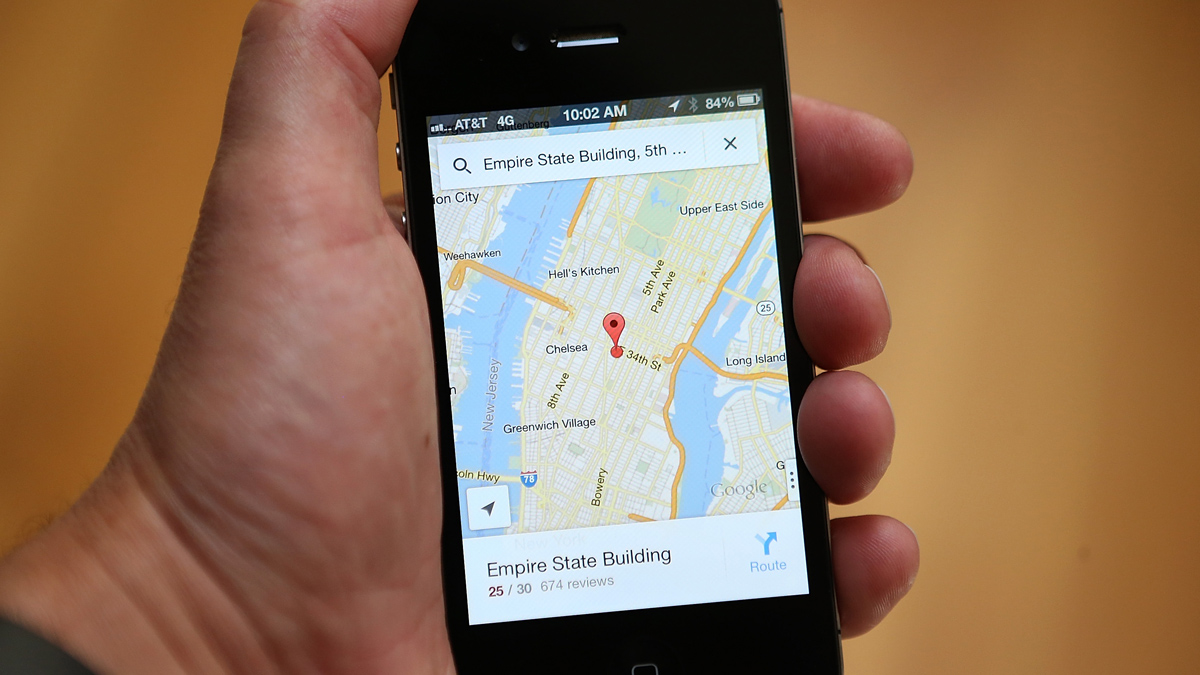
It may seem strange to list Google Maps as an innovation made popular by the iPhone, but Steve Jobs was central in bringing Google's mapping smarts to mobile devices when he asked Google to build an app for the iPhone.
It was the first smartphone to feature the app, and even though the original iPhone didn't feature GPS, this was rectified in later versions, allowing Google to add the turn-by-turn satellite navigation capability that is now standard in smartphones.
The App Store
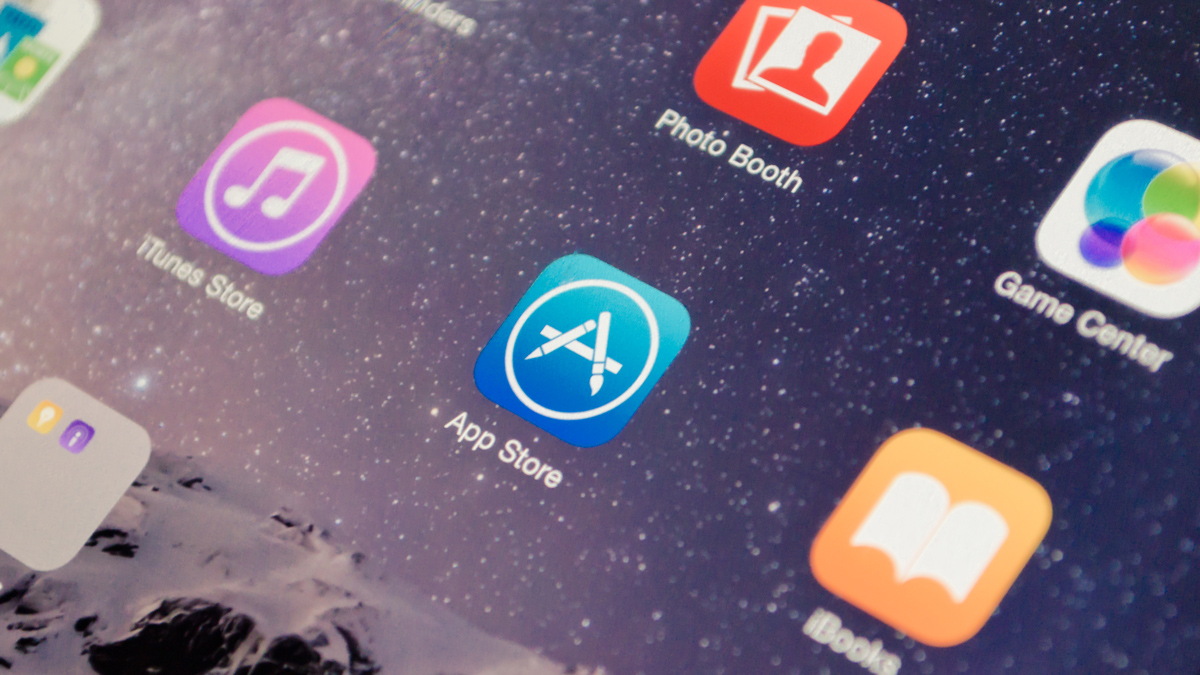
With only a screen to interact with, the iPhone suddenly made developing good software an imperative.
Initially, this came down to Apple's army of engineers, but in 2008, to coincide with the launch of the iPhone 3G, the company unveiled the App Store. While third-party app stores did exist prior to this, the introduction of Apple's offering was what really spurred the app economy that exists today.
Mobile gaming is now a $100 billion industry and most companies now have their own app. There are even multinational giants like Uber, Snap and Tinder whose entire existence can be traced back to the revolution started by the iPhone.
Fingerprint scanners
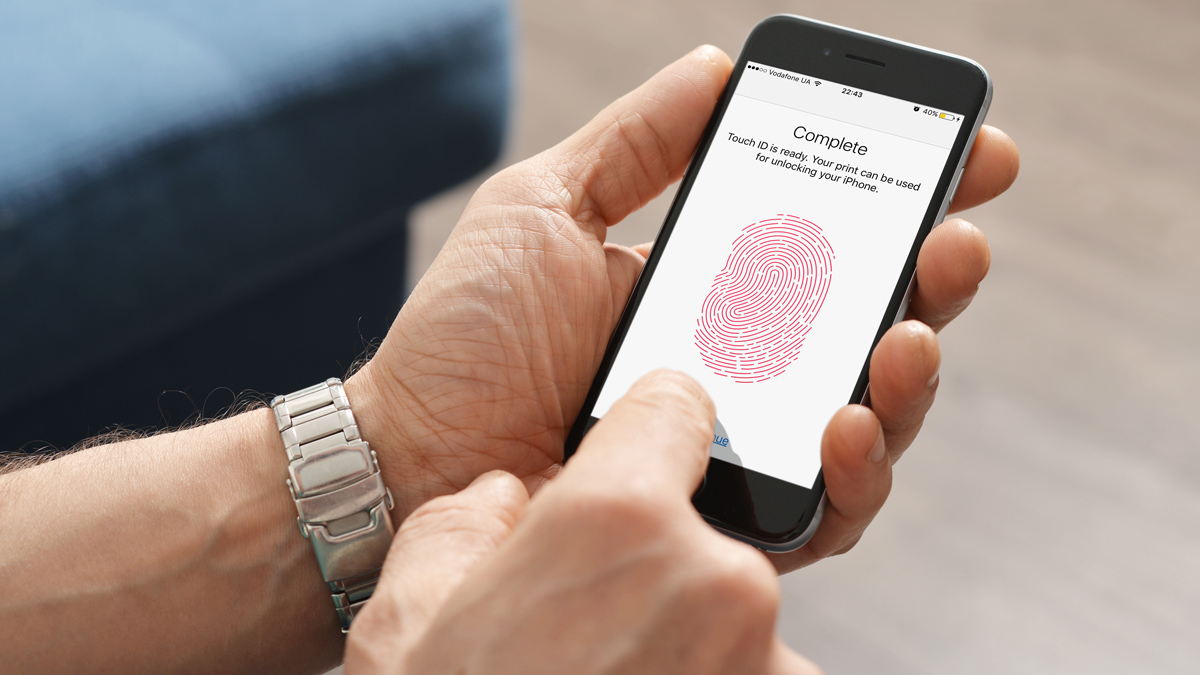
As with many of the things Apple has popularized in smartphones, the company wasn't the first to integrate a fingerprint scanner in its devices.
But with the introduction of Touch ID in the iPhone 5S, it overcame issues with cost, size, reliability and security that had held back the technology. The innovative tech also introduced compelling uses for the devices, such as using it to unlock the phone or to make payments.
It wasn't long before competitors started to follow suit with their high-end devices.
Gorilla Glass

Making the screen such a prominent and integral aspect of the smartphone did have one obvious downside that most users experienced at some point: the smashed screen.
Apple foresaw this flaw and did their best to mitigate it by tapping the expertise of Corning. This leading American glass and ceramics company had been experimenting with toughened glasses aimed at consumer electronics since 2005, but when Apple asked them to provide a thin, toughened glass for their iPhone screens, Gorilla Glass was born. The crack- and scratch-resistant glass is now the gold standard for mobile devices.
Mobile Internet
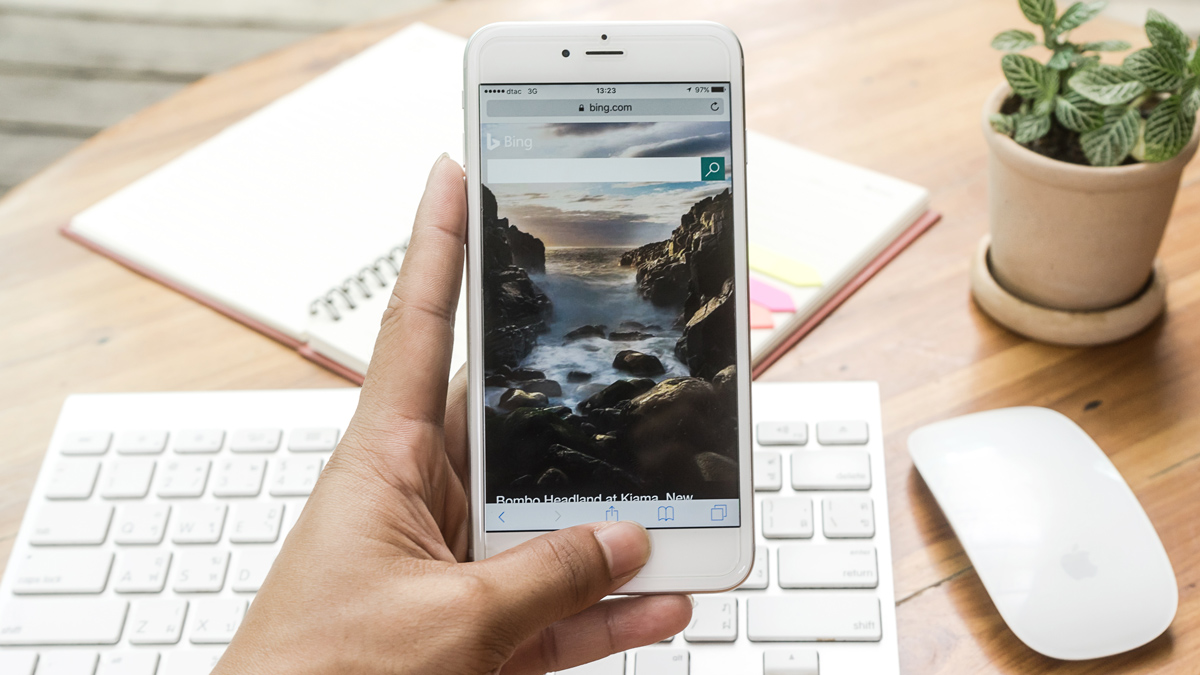
While mobile Internet had been around for some time before the iPhone was released, the experience was pretty limited.
Most phones at the time featured WAP browsers that presented a stripped-down version of the Web, but the iPhone's MobileSafari tried to bring the full experience of the Internet to what was, at the time, a comparatively large phone screen.
The original iPhone was actually uncharacteristically behind the curve because it didn't support 3G technology, but this was rectified the following year, and it didn't stop the device from being a trendsetter. The introduction of web-enabled third-party apps in later iPhone editions also gave rise to the current environment of always-connected social, news and shopping networks.
Virtual assistants
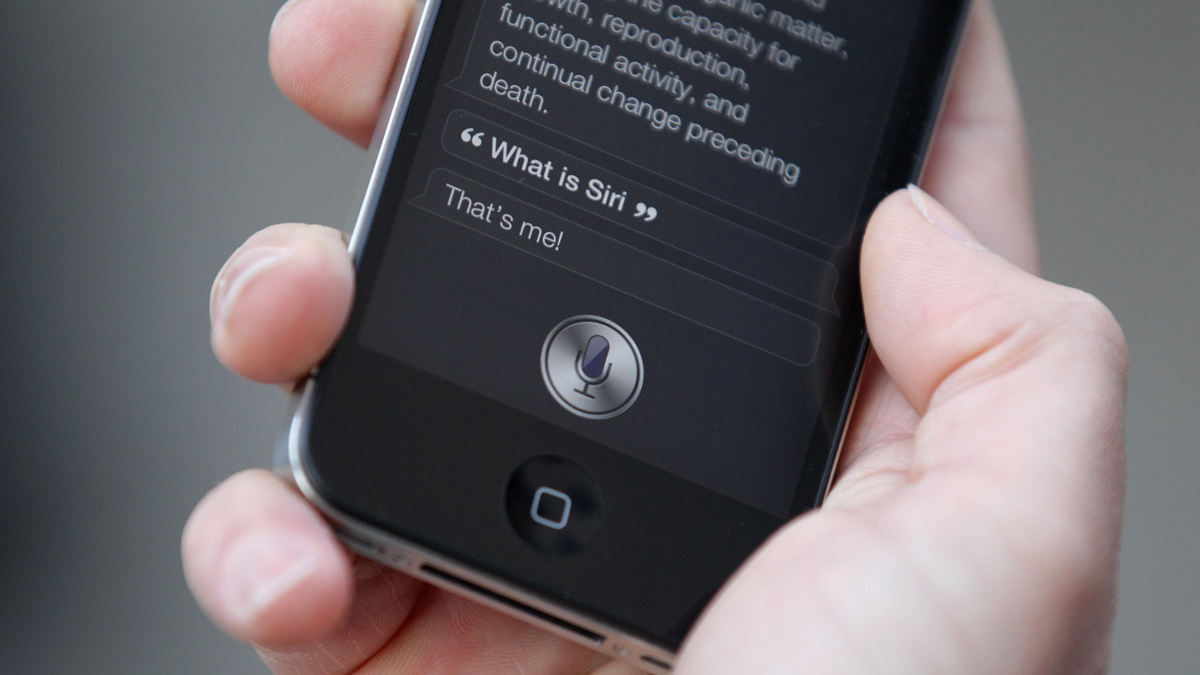
With the advent of Amazon's Alexa, Google's Assistant and Microsoft's Cortana, artificial intelligence-powered virtual assistants have become commonplace.
But when Apple acquired the company that made Siri, SRI International, in 2010 and then made the technology proprietary the next year, the concept was revolutionary. Initially, the service had limitations, such as how it struggled with certain accents and had little flexibility on what kinds of commands it could understand, but it wasn't long before other mobile firms were trying to play catch up.
This is one case, however, where Apple seems to have let a leading position slide. Other companies like Google and Amazon, who have focused more heavily on AI technology, seem to have taken Apple's idea and run with it, producing virtual assistants that are much more advanced than Siri.
All-in-one device
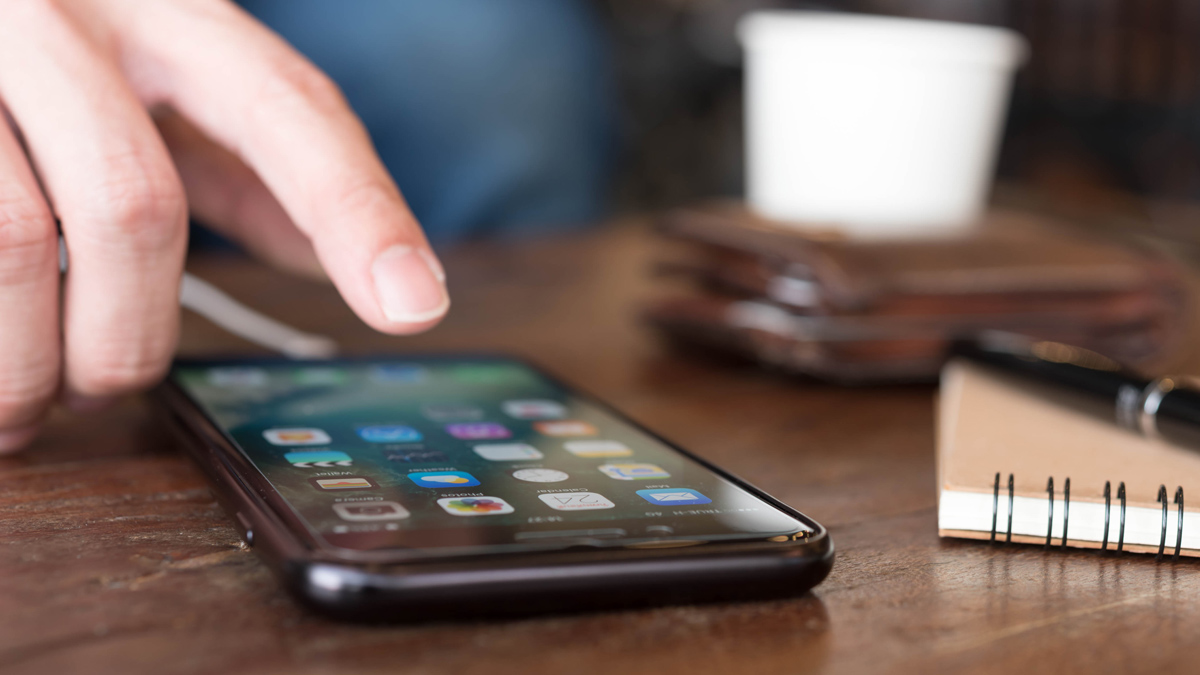
The iPhone put a mobile computer in everyone's pocket and then let them decide what they wanted to do with it.
Prior to the iPhone's release, the cellphone market was highly segmented. In particular, smartphones were largely seen as business-oriented devices designed to allow users to access enterprise email and calendar applications on the go. Feature phones, on the other hand, had cameras and music players and were aimed at everyday users.
Apple instead released a single model that could switch seamlessly between roles. The phone came with a camera and Apple's iTunes music player, but also included calendar and email applications that enabled users to carry out most of the productivity tasks that traditional smartphones were designed for.
Accelerometer
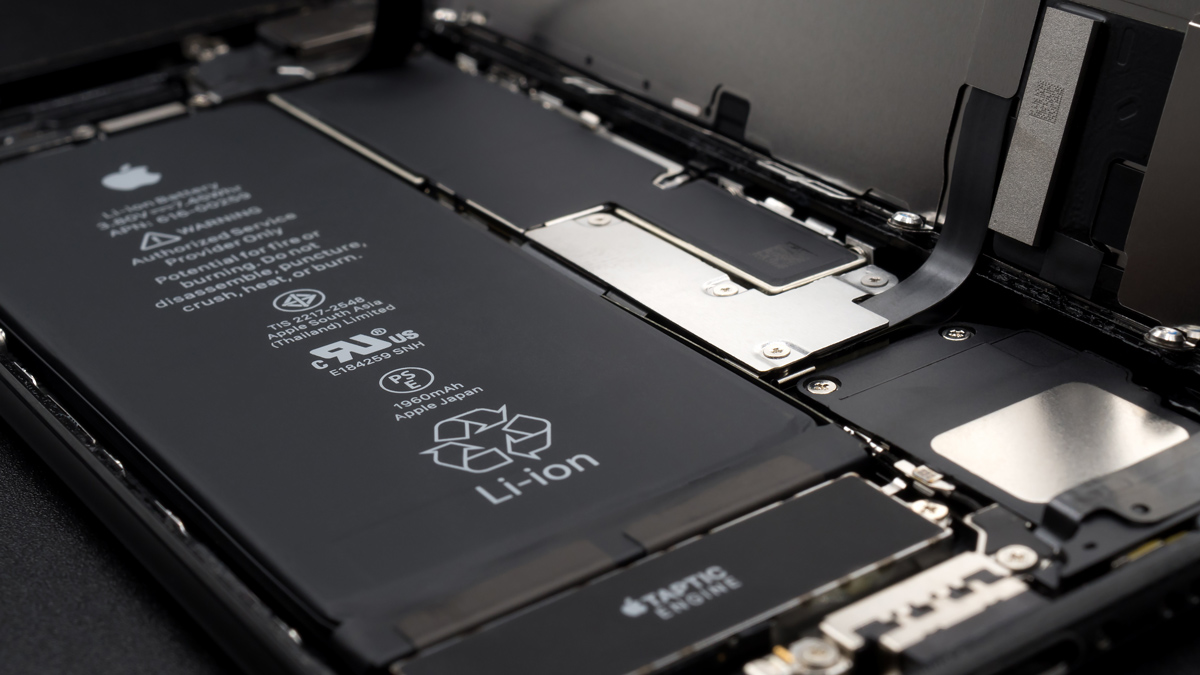
In its bid to make the iPhone experience as seamless as possible, Apple included an accelerometer that enabled the phone to know when it was turned sideways so that it could automatically rotate the screen.
Since then, the sensor has become a must-have for smartphones and has spurred a host of innovative new uses for the technology. There are now hundreds of apps built specifically to take advantage of this feature, from digital spirit levels to mobile racing games that use the phone as a steering wheel.
No more headphone jack
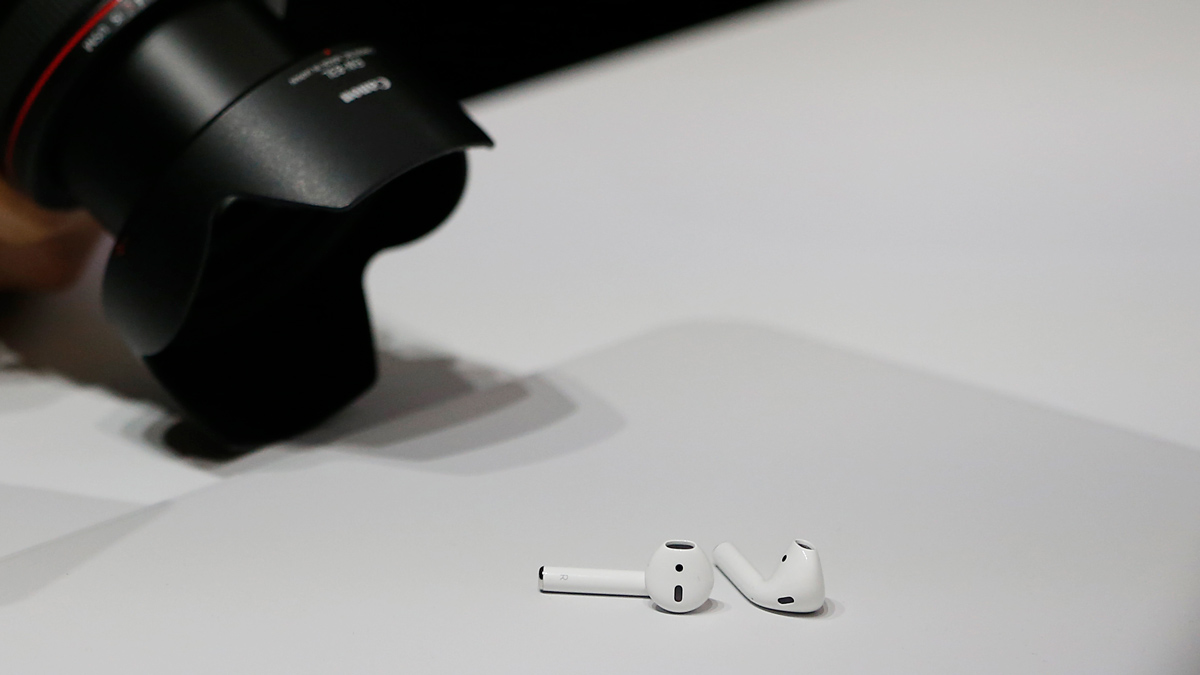
Probably Apple's most controversial and criticized innovation was its decision to remove the headphone jack from the iPhone 7.
Apple claimed the move was all about getting rid of a century-old technology that was holding back the inexorable march toward ever-slimmer devices in favor of the wireless future. Others pointed out it could have been a cynical move to force customers to buy expensive Bluetooth headphones from Apple or its subsidiary Beats, or opt to pay for an inexplicably expensive adapter.
Either way, the move hasn't stopped other smartphone makers from jumping on the Apple bandwagon, and HTC, Motorola and LeEco are all following suit despite considerable user backlash.



